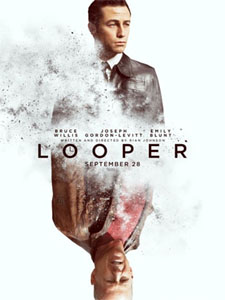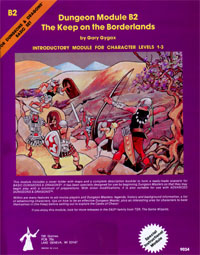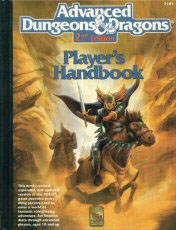 First off: Looper is a really great film and not at all what I was expecting when I walked into the movie theater. I was expecting a sci-fi action movie. Instead I got an indy sci-fi film featuring outstanding performances. (It might be Joseph Gordon-Levitt’s best performance on film to date.)
First off: Looper is a really great film and not at all what I was expecting when I walked into the movie theater. I was expecting a sci-fi action movie. Instead I got an indy sci-fi film featuring outstanding performances. (It might be Joseph Gordon-Levitt’s best performance on film to date.)
Second: I’ve seen a lot of confusion over the way time travel works in the movie, with many people online complaining that it “doesn’t make sense”.
SPOILERS AHEAD
If you watch the film carefully, however, you’ll note that it has a nearly consistent handling of causality: Any changes to causality due to time travel propagate instantly, but only forwards from the point in time at which the change is made. (This is consistent across the maiming, the death, and the memories.)
The only inconsistency to this is that the movie seems to suggest that the reason the Rainman is closing loops is because he saw Bruce Willis kill his mother. That doesn’t work with the rest of time travel as we see it. However, we don’t actually KNOW that this is true. Since his mother had previous connections to loopers, it’s possible that in the “original” timeline he saw some other looper kill her. Or possibly just some transient. Or maybe the Rainmaker killed his own mother before he gained control of his powers. (One of the interesting things about the ending is that we don’t actually have any way of knowing if things turn out OK for the kid. The film certainly feels hopeful at the end, but it resists delivering any certainty.)
The film could probably have also benefited from being clearer on what precipitated the change which allowed the main character to change the outcome of his loop. (I.E., break his bonds and control his arrival.) But that’s a minor quibble which usually plagues any time travel story that isn’t based around closed causal loops.
If I was going to change anything, I’d have probably had the transient that the main character “saved” the mother from be a legitimate threat (instead of just some kook with a placard). That would have strongly suggested that in the original timeline that guy killed the mother and precipitated the child’s abandonment.
A TEST CASE
To further demonstrate what I think Looper was actually doing, consider this simple test case:
- At Point C, Future Bob travels back in time to Point A.
- At Point A, Future Bob arrives.
- At Point B, Future Bob kills Current Bob.
If causality changes spread in both directions from Point B, this would obviously cause a paradox: Future Bob kills himself, so he doesn’t travel back, so he doesn’t kill himself, so he… yada yada yada. But if we assume that causality changes only propagate forwards through time, then the situation resolves itself simply:
- At Point A, Future Bob arrives.
- At Point B, Future Bob kills Current Bob. Future Bob instantly vanishes.
The change at Point B cannot affect Point A, so there’s still a Future Bob running around between Point A and Point B. But once the change happens at Point B, causality propagates forward, Future Bob never traveled backwards through time, and therefore he vanishes.
Similarly, during the maiming sequence in the movie: You start cutting off his legs, so he crashes his car as his legs disappear. If causality spread in both directions, there would obviously be no way that he was driving a car in the first place. But since causality changes only flow forwards, we get the result we see in the film. (You can see this in the memories, too: They don’t change until something in the present moment changes the causality. Because, again, the change isn’t propagating backwards.)
The interesting case would be something like this:
- Future Bob travels back to Point A.
- Current Bob gets maimed Point C.
From Point C forward, Future Bob would be maimed. If you jumped into another time machine and went back to Point B, though, you’d see a perfectly whole version of Future Bob. (Because the causality change at Point C didn’t propagate backwards.) But what if maimed Future Bob travels back to Point B? Hard to say. The movie doesn’t show us that scenario and it could be argued either way.
Regardless, the result is a universe that looks like a complete mess. But, of course, time travel universes always look like like a complete mess. And this would be one way for the universe to “handle” causality that would prevent a paradox from ever occurring.













